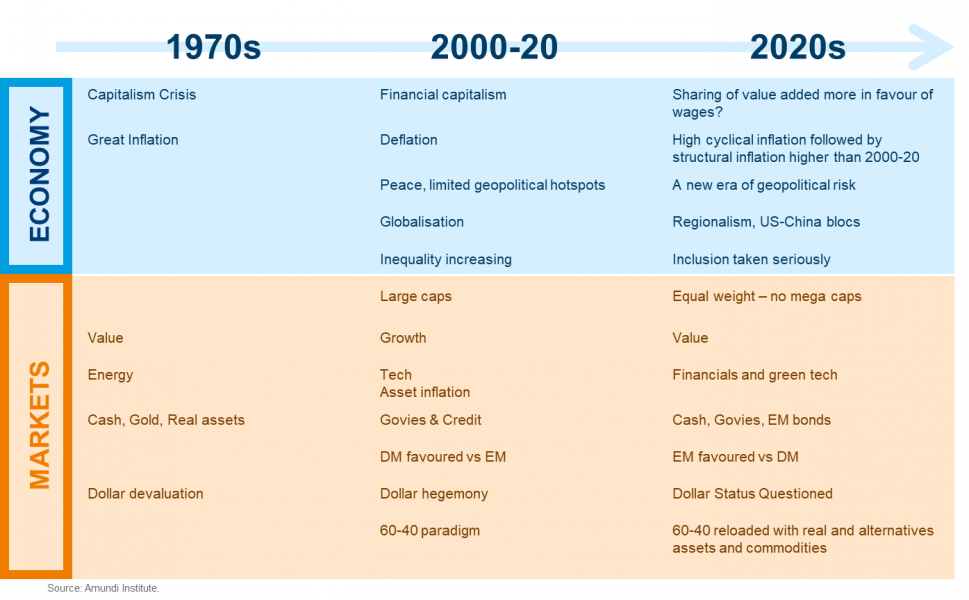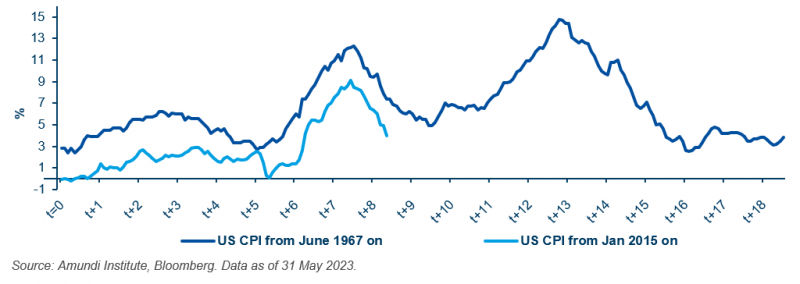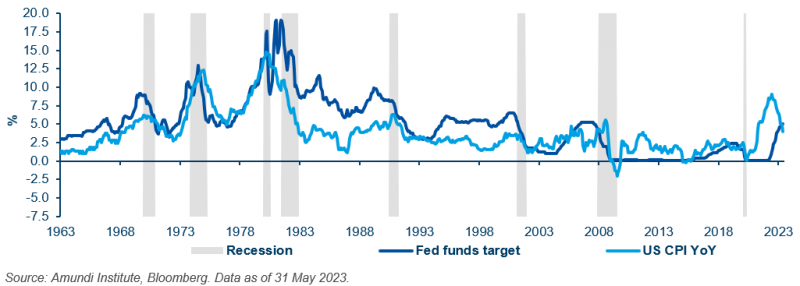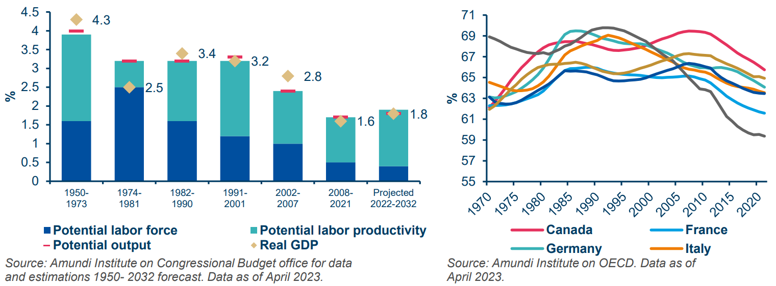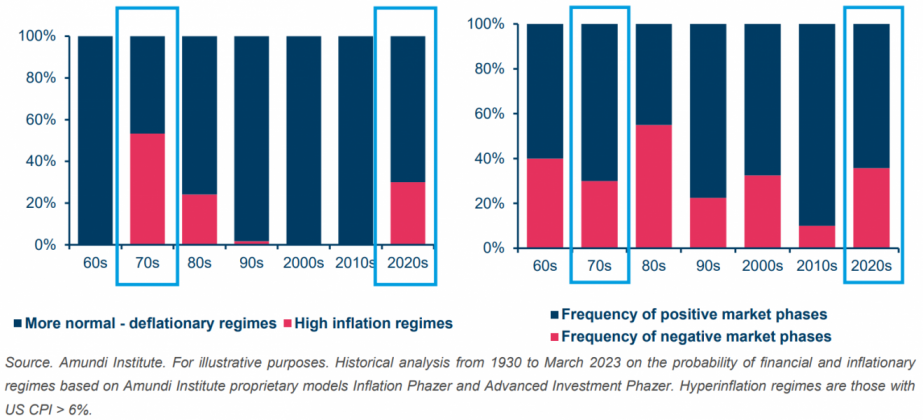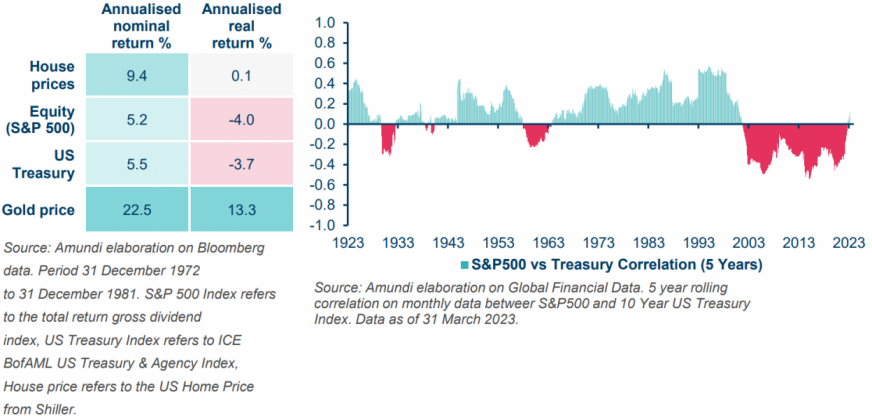Monica Defend is the Head of the Amundi Institute, which was created in February 2022. Embedded at the heart of the global investment process, the Amundi Institute provides thought leadership, advice and training for all its clients. Monica’s team offers geopolitical expertise, quantitative research, macro and market strategy, and asset allocation advisory activities. She leads the creation of engaging and accessible proprietary research that delivers cross-asset thought leadership and investment strategy ideas to internal and external clients. A distinctive feature of her approach is the close collaboration that she has forged with the investment division to generate actionable investment ideas. She is also a Director of the Board of Amundi Japan, a member of Amundi Japan and Amundi SGR Advisory Boards.


